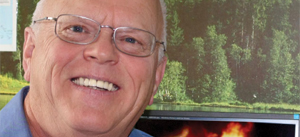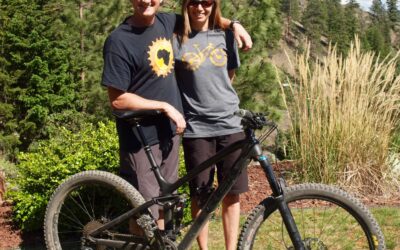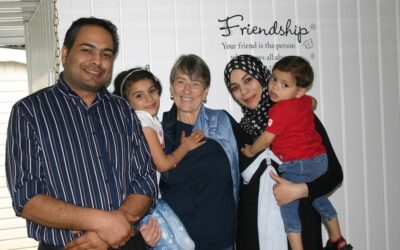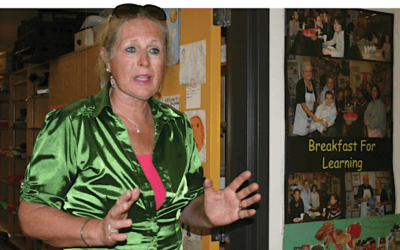
Phil Ackland
Phil Ackland’s summer job before his last year of high school paid a whopping $2 an hour—a small fortune in 1966. There was a reason cleaning exhaust systems in restaurant kitchens paid so well. “It was filthy, disgusting work,” he says. “I quite enjoyed it.”
A few years later he decided to branch out on his own. Not wanting to compete with his former employer, Phil left Seattle for Vancouver. His business grew quickly, and he began selling franchises. But by the late 1980s what he’d seen along the way had set him on a different path.
Most commercial kitchens produce huge volumes of grease-laden air. The hoods over cooking appliances are designed to collect this hot, greasy air and suck it into the duct work, which may run great distances through the interior of the building. Most of the grease is captured in special filters that fit tightly between the hood and the rest of the exhaust system. The remainder heads for the outdoors, but some condenses within the ducts along the way.
Controlled fire is a natural presence while cooking, but with gas, hot grease and open flame, there’s always the potential for something to go wrong. That’s when the kitchen hood’s built in safety features activate. Typically, when excess heat releases a fusible link the gas shuts off; the fan stops, preventing flames from being sucked further into the building; dampers close off the duct work, which is airtight so even if flames did get in there’s no oxygen supply; and spray nozzles in the hood release chemicals to douse the fire. Although the kitchen is left in a mess, disaster has been averted.
But some kitchens are literally playing with fire. When it comes to contraventions of fire codes and common sense, Phil has seen it all: duct work that’s been modified, allowing grease to pool (or escape into building cavities) and oxygen to enter; flammable construction materials a mere hand’s breadth from high-heat appliances; grease-choked filters pushed aside to allow air—and flames—better access into the duct work; “just cleaned” exhaust systems with clogged nozzles and grease-blocked safety doors; fusible links disabled through intention or neglect.
Phil figured he could help by giving fire department inspectors a more thorough understanding of how these systems were designed to work, so he started offering short information sessions. Before long he was invited to a National Fire Protection Association (NFPA) meeting, then asked to sit on the committee for NFPA 96, the standard for commercial kitchens.
In 1989 he headed to his first session in Washington, DC, with more than 40 proposed changes to the standard. (“I was totally naïve,” he recalls; his list made up nearly half the recommendations from all of North America.) Several of his ideas were adopted. After that meeting another member told him, “You’ve arrived with common sense.”
He also tackled cleaning up his own industry. “There are a lot of fly-by-nights, even to this day,” he says; anyone can set up a business.
In the early 1990s, Phil and his wife Therese cracked the phone directories at the public library, compiled a list of exhaust cleaning companies, invited them to join an association and developed criteria for certification. “The purpose of certification was to try to provide the restaurant owner, the fire community and the exhaust cleaner with a base level—a standard of care.”
Phil sold his business in 1993. “By ’96, I was bored,” he says. “Then a friend said, ‘Why don’t you write a book about cleaning?’” Specialized manuals for inspectors, then fire investigators followed.
Phil’s two-day inspectors’ seminars had him flying all over the continent, which is exhausting, so he prefers his other line of work—investigating kitchen fires. Just before he sold his business, an insurance company called looking for a consultant.
“I got some education as far as fire investigation principles are concerned,” he says. “It is the investigation that is the most fun. Playing Sherlock Holmes, figuring out what happened and why, and who’s to blame.”
His work with NFPA 96 goes on. Trends and technology in the industry change, but Phil is still making sure those responsible for safety in commercial kitchens don’t lose sight of common sense. —Dawn Renaud
Photo by Dawn Renaud




0 Comments